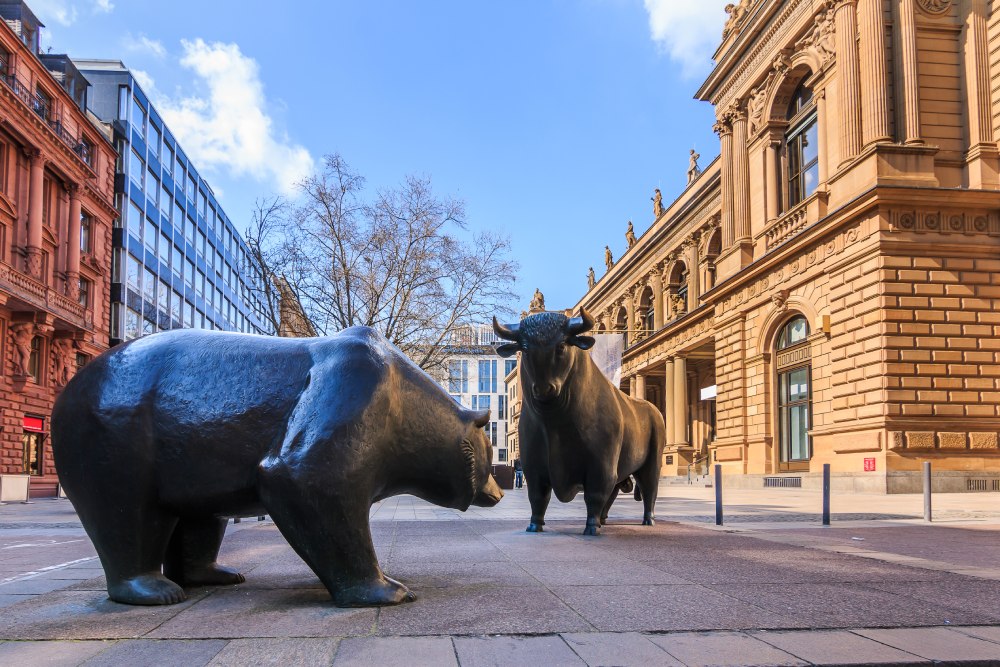
Retail investors are fueling the biggest buying spree in U.S. equities since the meme-stock boom of 2021, even as institutions remains largely on the sidelines.
Individual traders have poured a record $155 billion into U.S. stocks and ETFs so far this year, according to VandaTrack data, first reported by the Financial Times.
That figure marks the strongest retail accumulation in at least three years and reflects a shift in investor mindset.
Retail flows accelerated following President Trump’s “Liberation Day” tariffs in early April, which wiped out $4.6 trillion in S&P 500 value over just two sessions.
In the two months that followed, retail investors added another $50 billion to their stock positions.
“The dip-buying belief has become the new religion,” said Mike Zigmont, co-head of trading and research at Visdom Investment Group.
Many investors who lived through the 2008 financial crisis learned that timing the market is nearly impossible. But consistent buying—especially at lower valuations—has often paid off, especially during a decade-long stretch of historic central bank support.
The S&P 500 has since recovered from its spring selloff and notched new highs. As of Tuesday, the benchmark index is up 6% year-to-date.
A rally institutional investors still don't buy
Despite the recovery, institutional investors remain unconvinced.
Fundstrat’s Tom Lee called the rebound “the most hated V-shaped recovery” in recent memory, with many large players still positioning defensively in response to trade risks and sticky inflation.
“Tariff rhetoric hasn’t disappeared, and I believe the market is too complacent about the lack of long-term solutions,” said Edison Byzyka, chief investment officer at Credent Wealth Management.
Lee pushed back on that narrative, arguing the tariffs are not a structural inflation risk but a strategic lever to force renegotiations with trading partners.
“Arguably, tariffs are not inflation. Rather, tariffs are a tax. And ‘taxes’ do not create inflation,” he said.
Lee believes the Federal Reserve is already two cuts behind the curve, and that policymakers have room to ease further—an outlook he says should provide “a tailwind for stocks.”
If that view holds, the retail crowd’s conviction buying could prove prescient, at least in the short term.
Your email address will not be published. Required fields are markedmarked